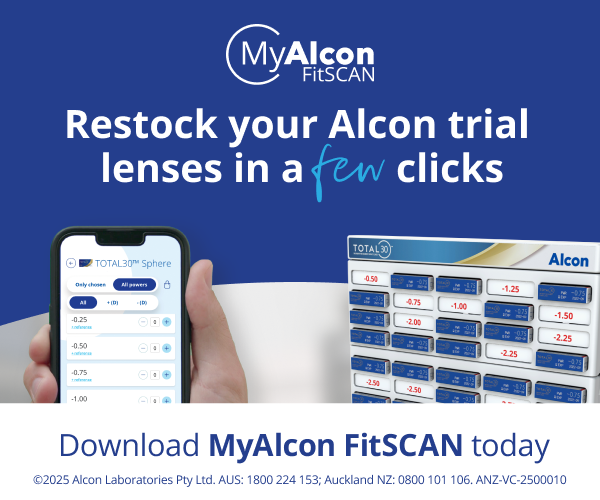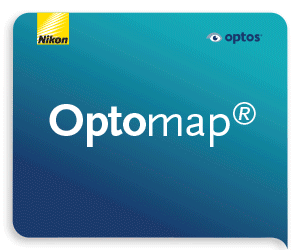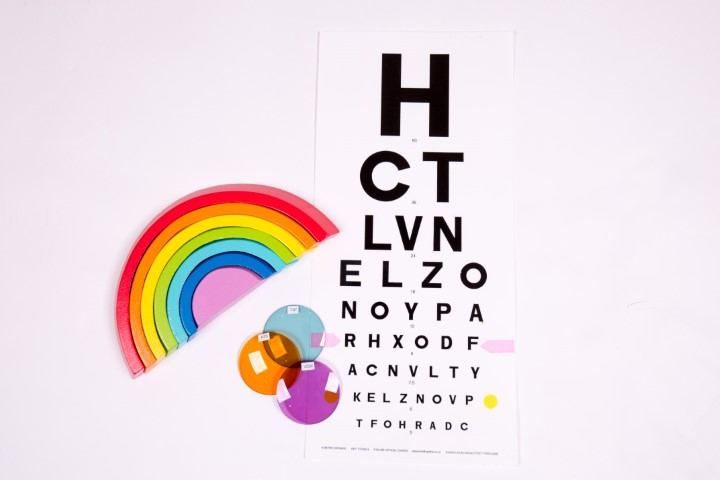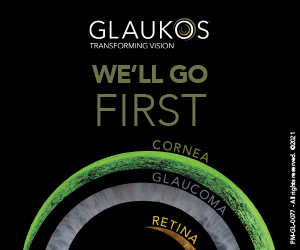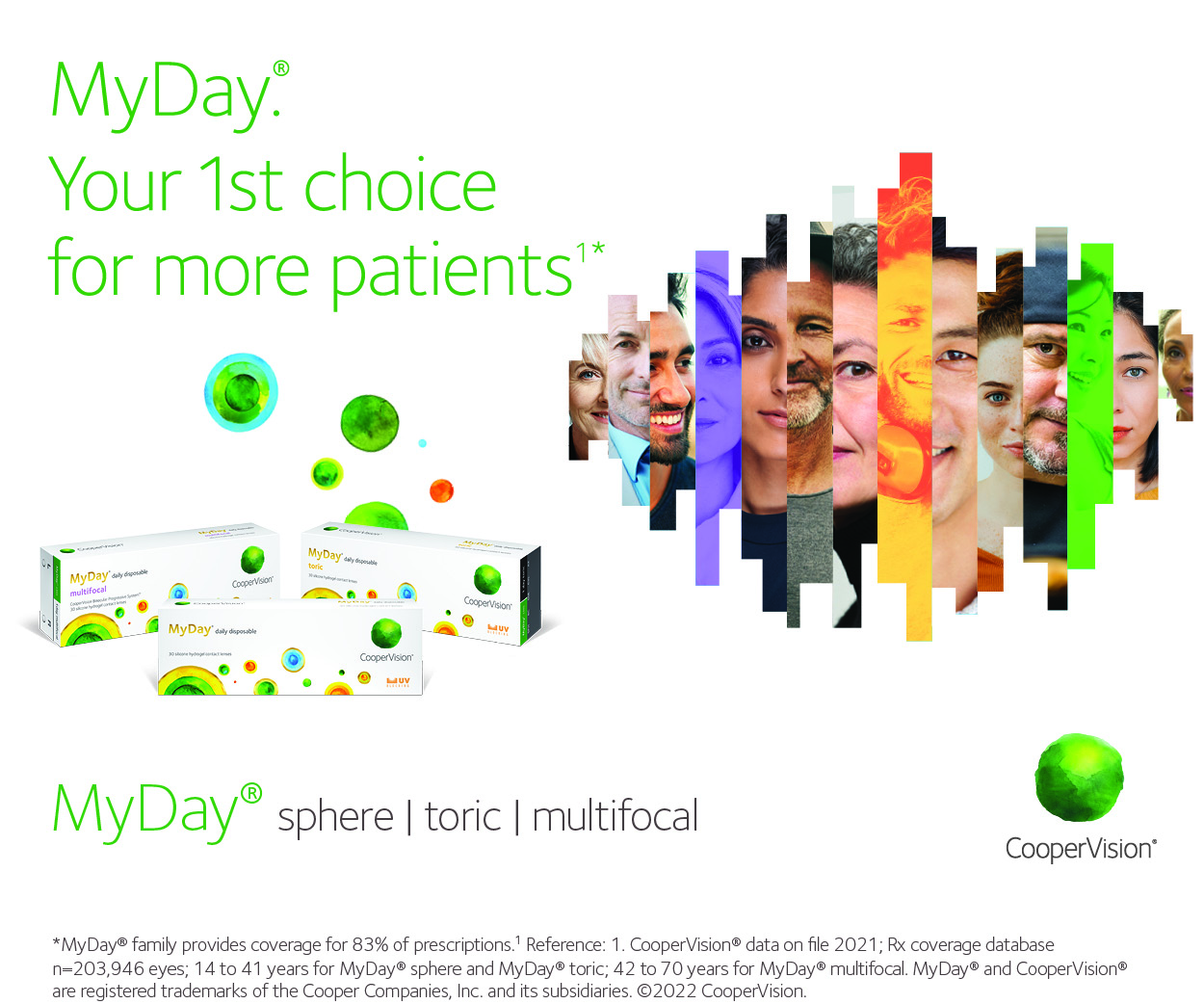RANZCO: The eye world’s data repository?
The Royal Australia New Zealand College of Ophthalmology (better known to all of us as RANZCO) has been very busy in the wider world of optometry recently. It’s initiatives in this area include a data-sharing deal with Specsavers; publication of a series of RANZCO referral pathways and guidelines; and planning for a RANZCO electronic health record (EHR) data repository on the servers of Sydney University.
As NZ Optics reported some optometrists are not happy either with the singling out of Specsavers for collaboration or the ‘take over’ by the RANZCO brand of data sets and guidelines for optometry. Indeed, outsiders might think the ophthalmologists’ guild is trying to make a grab for the means of production in eye care.
Until recently, ophthalmic knowledge was esoteric, protected by solidarity between members of the profession that results from a long acculturation process over more than 15 years, starting from when a budding young doctor first goes to college. There has sometimes been reluctance to pass on that knowledge, for example, to optometrists, and apprenticeships are very highly regulated.
The default policy of the profession has been to limit sharing of patient data and to not let in or even encourage involvement from administrators or other outsiders. But something has put a bit of a fire under the folk at RANZCO. The new initiatives demonstrate a move away from defending the ophthalmological patch to collecting lots of data and sharing it.
RANZCO’s new policies are pre-emptive and are an attempt to control all data from both ophthalmology and optometry and keep it in a RANZCO-managed repository. Immediate past President Brad Horsburgh openly stated RANZCO wants to be the Microsoft of the ophthalmic world and this is one way it can help achieve that lofty goal.
The RANZCO project’s home base is Sydney and this has a familiar ring. The Fight Retinal Blindness (FRB) project is led by Professor Mark Gillies, an ophthalmologist at Sydney University¹. FRB researchers have been trying to persuade all clinics working with age-related macular degeneration (AMD) to enter their details online. But there is no easy way of working seamlessly with existing EHR systems. Standards’ work, such as that by the IHE’s eye care committee, has got stuck. IHE or ‘Integrating the Healthcare Enterprise’2 has a marketing crisis and falling buy-in from vendors. In fact, a global communication standard for medicine has always been about to succeed, but has not delivered usefully despite 20 years of effort.
A solution for FRB would be to simply take over the whole record system for ophthalmology and optometry and this is what the RANZCO EHR project wants to do. RANZCO through the aggregating of big data would own the repository. It will determine the data points and provide the dashboard whereby individuals can access their results. Chalkeyes suspects it will get push back and believes there’s still a lot of unanswered questions that need to be answered: will RANZCO make the data available to regulators such as insurance companies or government-funded institutions such as DHBs? How will it make everybody use its EHR? What does it mean for the non-ophthalmological side of the industry if it is forced to comply with guidelines and data collection that is so largely controlled and defined by the ophthalmological side of the industry?
RANZCO’s role model is the American Academy of Ophthalmology (AAO)’s IRIS (Intelligent Research in Sight) Registry for collecting clinical data from all ophthalmologists3. In a video on AAO’s site, the main presenter suggests we are “moving from a knowable present into a very uncertain future”. He suggests ophthalmologists will be coming under increasing economic, social and regulatory imperatives and the solution is to move from “cost-independent clinical decisions”, to “value-driven” ones, and thus ophthalmologists need their own data to prove their worth.
IRIS is a “comprehensive, longitudinal and patient-focused clinical data registry”. It is run on proprietary software and, in a sense, the AAO has solved the ‘standards’ wars by choosing a vendor, FIGmd4 to do the work for it. Ever since EHRs began, attempts have been made to share data for research and on trying to get a free, open source standard for healthcare communications. The choice of an industry vendor to implement this by the AAO is a measure of the failure of the standards’ work to deliver anything truly useable.
In the US, the IRIS Registry is explicitly marketed as a defence system for ophthalmology. The people behind IRIS argue ophthalmologists need to have robust and unassailable data of their own, because “if we don’t provide it we will have no control over the data by which we shall be judged”. The threat is that “otherwise someone else will be telling us what we do, devaluing our commitment to the Hippocratic Oath”. The vision is for monthly reports back to practices so that individual clinicians can compare their
Chalkeyes
performance to that of colleagues, and identify gaps and shortcomings in their own practice, all run by FIGmd.
There is a very spooky quality to the silence surrounding RANZCO’s proposals here. Does it mean that DHBs will have to use RANZCO’s software interface because RANZCO’s doctors will not be audited if they worked on anything else? A glance at the RANZCO guidelines for glaucoma referrals, for example, shows a very hierarchical structure with ophthalmologists on top of the pile and everybody else, such as optometrists, nurse specialists and other eye health workers locked firmly into a subordinate position in the food chain5. Maybe this is justified, given the small numbers of ophthalmologists and their exclusive ability to bear medico-legal responsibility and do surgery. But those assumptions, at the very least, need to be robustly challenged by all in the industry before the path is set, especially by those of us not in Australia!
New Zealand is different in two crucial ways from Australia. Firstly, optometry is not subsidised; the impoverished elderly population of pensioners who are on little more than $1000 a month income cannot afford the ticket for an optometric entry to eye care. Secondly, there is a strict segregation of public and private sectors in New Zealand, with separate premises and separate record systems. Many private ophthalmology offices in New Zealand have their own electronic records which might be able to be customised to allow RANZCO software interfacing. Is that what it has in mind?
But there is no EHR at all yet for ophthalmology in New Zealand DHBs. They nearly all run the Orion package Concerto6 that, at the moment, does not even support the filing of electronic images. Although Concerto has a capability of displaying images and reports, it has not been turned on and the DHBs are using cardboard or not displaying images at all. Could ‘Concerto’ interface to the RANZCO software? Will the DHBs here accept RANZCO’s self-audit as a valid currency and allow RANZCO software on their servers? Most importantly, does RANZCO’s vision help address the gridlock and turmoil now in our public sector clinics?
Undoubtedly the DHBs would also like to control a database of ophthalmic activities themselves in their efforts to control costs, funding and monitor doctors, just as the Centres for Medicare and Medicaid (CMS) services do in the US7. CMS is the US government healthcare funding agency and
has signalled it will accept the AAO audits. It’s a moot point if the DHBs and the New Zealand Medical Council would follow that lead.
RANZCO’s initiatives are being proposed as a responsible path in an environment where we are moving from the known into the unknowable, and their guidelines may support and assure safe practice for all. The alternative view is that RANZCO is trying to lock us in to present economic and social dynamics in a bid to protect its current position at the top of the eye care food chain.
There is a French saying: ‘plus ça change, plus c’est la même chose’ – the more things change, the more they stay the same. This no longer applies in eye care. RANZCO is instead ‘changing to remain the same’. Something radical had to be done to keep the RANZCO brand at the top. Owning the territory makes sense and that is what is on the table for contention or acceptance.
References 1. Fight Retinal Blindness promotional video starring Mark Gillies www.youtube.com/watch?v=ROyaDyIGvpE 2. IHE is an initiative by healthcare professionals and industry to improve the way computer systems in healthcare share information. The Eyecare division developed the General Ophthalmic Evaluation and Cataract cCDAs. Its vendor support has been minimal. www.ihe.net/Eye_Care/ 3. The home page of the AAOs IRIS registry project which uses proprietary software to interact with participant EHRs. www.aao.org/iris-registry 4. FIGmd, a US company that manages QA and self-audit on behalf of a number of medical specialties in the US including cardiology and now ophthalmology. See a promotional video from Flora Lum, head of AAOs QA process. www.figmd.com 5. An example of RANZCO guidelines with a very well defined hierarchical management structure and pathway which reflects the present demographic and financial structure in Australia but perhaps not NZ Eyecare www. ranzco.edu/ArticleDocuments/176/Guidelines%20for%20 collaborative%20care%20of%20glaucoma%20patients.pdf. aspx?Embed=Y 6. The website of Orion company, NZ’s big international player in the world of EHRs, in nearly all DHBs with its data integration product ‘Concerto’. www.orionhealth. com/nz/ 7. The website of the US biggest payer organisation in healthcare, the US Government funded Centers for Medicare and Medicaide services providing care to 100 million Americans. www.cms.gov





